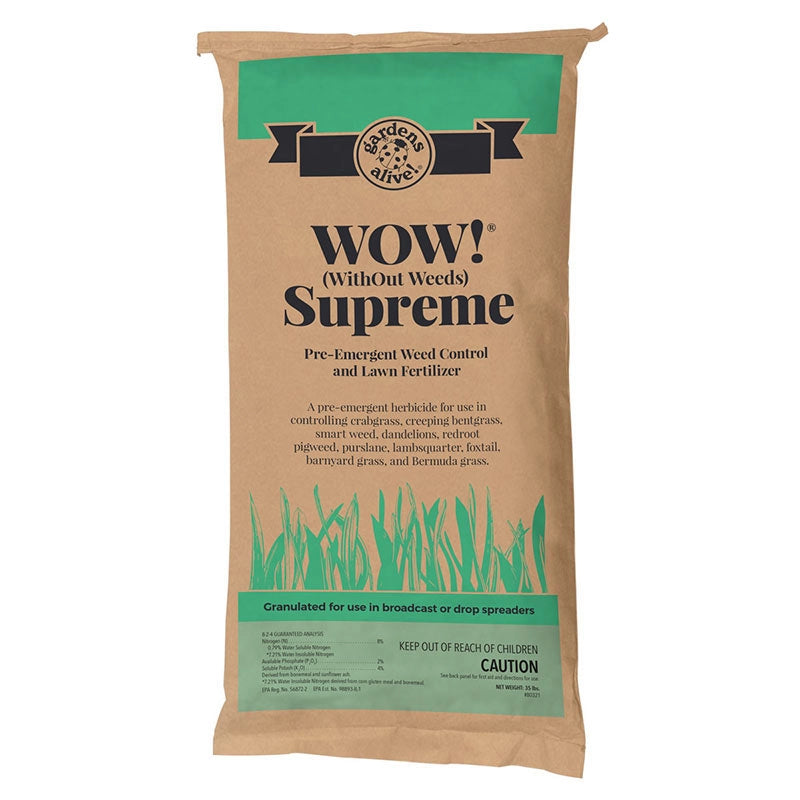"Dandelions Will Make You Wise"
One of my favorite articles during the years I was Editor-in-Chief of ORGANIC GARDENING was called "What your weeds are trying to tell you"; the idea being that the presence of certain underloved plants provides a lot of information about the soil those plants are growing in.
I bring this up for several reasons. The first was a recent exchange on the You Bet Your Garden Facebook page. A listener sent a photo of the 'meadow' that had replaced their front lawn. I did not see a 'meadow'; I saw a bunch of straggly plants and clusters of dandelions in their two most recognizable forms: big bright yellow flower heads and those same heads after they had gone to seed.
The concept of a lawn replacement is fine--but it shouldn't involve over-all rattiness or non-native dandelions, which made many Facebooker Followers wonder if this was truly an attempt to create a natural area or just a patch of unkept front yard that made it look like a family had moved away without telling anybody. The presence of the final-stage puffballs seemed to be especially egregious.
"Dandelion flowers are fine", several people commented, "but letting them go to seed is just going to aggravate the heck out of your neighbors". I have to agree. The pretty yellow flowers that appear in the Spring provide pollen and nectar for early-emerging bees and other important pollinators. But I always make sure to prevent any visible dandies on my property from going to seed, lest my neighbors blame me, the local organic hooligan, for the state of their more yellow-than-green lawns.
The yard in front of my house is filled with Spring bloomers of every kind, including a few dandelions that pop up every season. We promptly dispatch any highly visible ones with a flame weeder; a device shaped like a shepherd's hook. You screw a small bottle of propane onto the short end, click an ignition switch, and a nozzle at the long end unleashes a plant-sized flame thrower. (Be careful not to set any left-over fall leaves on fire.)
This toasting of the plants is an excellent way to prevent complaints from neighbors, at least temporarily. (Plus, you get to use a flame thrower, which is beyond super cool! And it's organic!)
But I'm only talking about the highly visible dandelions on my property.
Out back, where only we can see, we leave the yellow flowers alone; the early bumblebees love their pollen and nectar, and we like the splash of color. But when yellow petals begin to turn to diaphanous white seed heads, the flame weeder returns, and we torch every single puff ball, which lessens their future spread and delights the person wielding the weeder with a magnificent cavalcade of colors as each puff ball ignites. Munchkin fireworks!
Now let's refer back to the Rolling Stones-inspired title of this article and suggest that you allow these flowers to make you wise, which will lead to their organic demise. Dandelions are a sign of heavily compacted soil, acidic soil and just plain crappy soil. You'll want to raise the Ph now or in the Fall with an application of agricultural lime or hardwood ash from a wood stove, which will dissuade the dandelions and greatly improve the health of your lawn, which also prefers a neutral soil.
A good soil test will reveal the amount of lime necessary to bring your soil pH up to neutral. If you are lucky enough to have access to hardwood ash from a wood stove, use 30 percent more of that than lime to achieve the same end and add lots of other nutrients.
If you have a cool-season lawn (one that stays green over winter), Fall is the time to deliver its biggest feeding (NOT Spring or Summer). Spread compost instead of chemicals, as dandelions won't prosper in a naturally rich soil. Fall is also the time to aerate your lawn to make it less compacted, which cures many ills, including dandelions. Note: You MUST actually remove plugs of soil and sod from your lawn to achieve this.
You can also get a head start on that aeration and destroy much of your dandelion distraction right now. There are several tools on the market that allow you to remove dandelions (root and all, which is essential) while standing up. You position a little metal cage mounted on a pole over top of your unwanted invader, press the cage into the soil and then activate a switch at the top of the device which will pop the plant into the air, root and all. Fun for the entire family!
(Note: Do NOT try and fully aerate a cool-season lawn in the Spring or Summer, no matter what the landscaper tells you. Summer heat would then toast the stressed turf.)
The original version of this dandelion removal device was called 'the Hound Dog'. I couldn't find it under that name but did find several tools that looked the same. Be sure you get one that includes the shaft (some shifty suppliers do not include this essential item) and make sure it's the right height, so you don't have to bend over.
(All together now: "Bending is for Chumps!")
Oh--and be sure to compost your pullings! Dandelion roots are full of calcium, which a healthy lawn also requires.
I bring this up for several reasons. The first was a recent exchange on the You Bet Your Garden Facebook page. A listener sent a photo of the 'meadow' that had replaced their front lawn. I did not see a 'meadow'; I saw a bunch of straggly plants and clusters of dandelions in their two most recognizable forms: big bright yellow flower heads and those same heads after they had gone to seed.
The concept of a lawn replacement is fine--but it shouldn't involve over-all rattiness or non-native dandelions, which made many Facebooker Followers wonder if this was truly an attempt to create a natural area or just a patch of unkept front yard that made it look like a family had moved away without telling anybody. The presence of the final-stage puffballs seemed to be especially egregious.
"Dandelion flowers are fine", several people commented, "but letting them go to seed is just going to aggravate the heck out of your neighbors". I have to agree. The pretty yellow flowers that appear in the Spring provide pollen and nectar for early-emerging bees and other important pollinators. But I always make sure to prevent any visible dandies on my property from going to seed, lest my neighbors blame me, the local organic hooligan, for the state of their more yellow-than-green lawns.
The yard in front of my house is filled with Spring bloomers of every kind, including a few dandelions that pop up every season. We promptly dispatch any highly visible ones with a flame weeder; a device shaped like a shepherd's hook. You screw a small bottle of propane onto the short end, click an ignition switch, and a nozzle at the long end unleashes a plant-sized flame thrower. (Be careful not to set any left-over fall leaves on fire.)
This toasting of the plants is an excellent way to prevent complaints from neighbors, at least temporarily. (Plus, you get to use a flame thrower, which is beyond super cool! And it's organic!)
But I'm only talking about the highly visible dandelions on my property.
Out back, where only we can see, we leave the yellow flowers alone; the early bumblebees love their pollen and nectar, and we like the splash of color. But when yellow petals begin to turn to diaphanous white seed heads, the flame weeder returns, and we torch every single puff ball, which lessens their future spread and delights the person wielding the weeder with a magnificent cavalcade of colors as each puff ball ignites. Munchkin fireworks!
Now let's refer back to the Rolling Stones-inspired title of this article and suggest that you allow these flowers to make you wise, which will lead to their organic demise. Dandelions are a sign of heavily compacted soil, acidic soil and just plain crappy soil. You'll want to raise the Ph now or in the Fall with an application of agricultural lime or hardwood ash from a wood stove, which will dissuade the dandelions and greatly improve the health of your lawn, which also prefers a neutral soil.
A good soil test will reveal the amount of lime necessary to bring your soil pH up to neutral. If you are lucky enough to have access to hardwood ash from a wood stove, use 30 percent more of that than lime to achieve the same end and add lots of other nutrients.
If you have a cool-season lawn (one that stays green over winter), Fall is the time to deliver its biggest feeding (NOT Spring or Summer). Spread compost instead of chemicals, as dandelions won't prosper in a naturally rich soil. Fall is also the time to aerate your lawn to make it less compacted, which cures many ills, including dandelions. Note: You MUST actually remove plugs of soil and sod from your lawn to achieve this.
You can also get a head start on that aeration and destroy much of your dandelion distraction right now. There are several tools on the market that allow you to remove dandelions (root and all, which is essential) while standing up. You position a little metal cage mounted on a pole over top of your unwanted invader, press the cage into the soil and then activate a switch at the top of the device which will pop the plant into the air, root and all. Fun for the entire family!
(Note: Do NOT try and fully aerate a cool-season lawn in the Spring or Summer, no matter what the landscaper tells you. Summer heat would then toast the stressed turf.)
The original version of this dandelion removal device was called 'the Hound Dog'. I couldn't find it under that name but did find several tools that looked the same. Be sure you get one that includes the shaft (some shifty suppliers do not include this essential item) and make sure it's the right height, so you don't have to bend over.
(All together now: "Bending is for Chumps!")
Oh--and be sure to compost your pullings! Dandelion roots are full of calcium, which a healthy lawn also requires.


